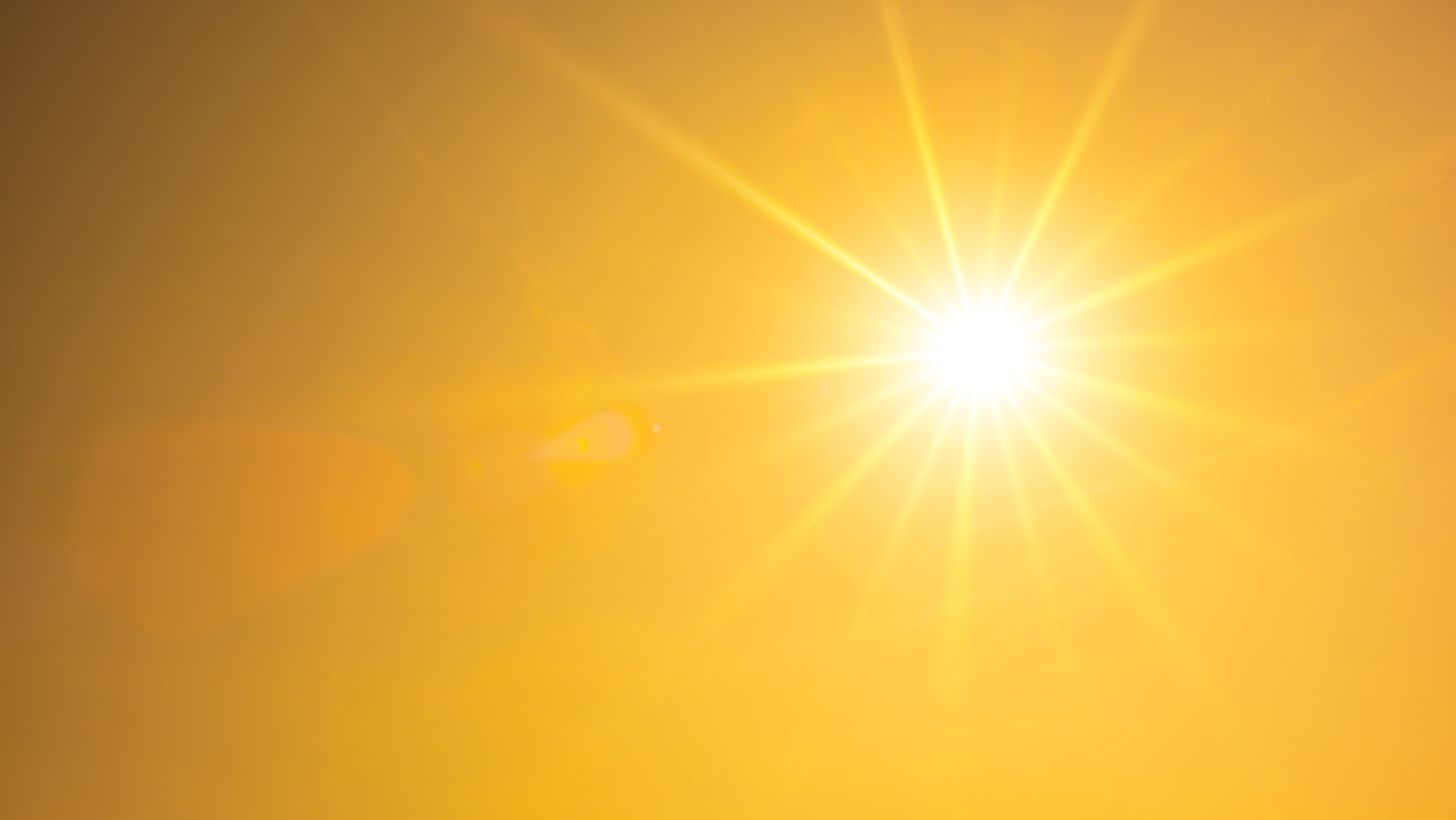
MANILA, Philippines — The heat index in Pili, Camarines Sur and Catarman, Northern Samar peaked at a dangerous and scorching 48°C on Wednesday, the Philippine Atmospheric, Geophysical, and Astronomical Services Administration (Pagasa) said.
A heat index ranging from 42°C to 51°C falls sunder the “danger” category.
Pagasa said that as of 5:00 p.m. on May 1, the heat index ranging from 42°C to 46°C was also recorded in the following areas:
46°C
- Dagupan City, Pangasinan
- Bacnotan, La Union
45°C
- Iloilo City, Iloilo
44 °C
- Cubi Point in Subic Bay, Olongapo City
- Virac (Synop), Catanduanes
- Laoag City, Ilocos Norte
- Baler (Radar), Aurora
- Iba, Zambales
- Dumangas, Iloilo
- Appari, Cagayan
43 °C
- Sangley Point, Cavite
- Barangay Ambulong in Tanauan, Batangas
- Alabat, Quezon
- Coron, Palawan
- Puerto Princesa City, Palawan
- Aborlan, Palawan
- Legazpi City, Albay
- Zamboanga City, Zamboanga del Sur
- Ninoy Aquino International Airport, Pasay City
- Sinait, Ilocos Sur
- Tuguegarao City, Cagayan
- La Granja in La Carlota, Negros Occidental
42 °C
- Itbayat, Batanes
- Science Garden, Quezon City
- Mariano Marcos State University in Batac, Ilocos Norte
- Infanta, Quezon
- San Jose, Occidental Mindoro
- Calapan, Oriental Mindoro
- Mambusao, Capiz
- Isabela State University in Echague, Isabela
The US’ National Weather Service said heat index or apparent temperature, “is what the temperature feels like to the human body when relative humidity is combined with the air temperature. This has important considerations for the human body’s comfort. When the body gets too hot, it begins to perspire or sweat to cool itself off.”
People exposed to these heat indices are prone to heat cramps, exhaustion, and even heat stroke with drawn-out exposure.
To prevent the effects of roasting weather, Pagasa said the public must limit time spent outdoors, drink plenty of water, avoid tea, coffee, soda, and liquor, use umbrellas, wear hats, sleeved clothing outdoors and schedule strenuous activities on the cooler periods of the day.
Pagasa added that symptoms of heat-related illnesses include heavy sweating, exhaustion or fatigue, dizziness or lightheadedness, passing out or feeling dizzy when standing, a weak, rapid pulse, nausea, and vomiting.
In cases of emergency, Pagasa advised the public to do the following:
- Move the person to a shaded area and lie him or her down with legs elevated
- If conscious, have them sip cool water
- Remove extra layers of clothing, apply cool water to the skin and provide ventilation
- Apply ice packs to the armpits, wrists, ankles, and groin
- Bring to hospital immediately